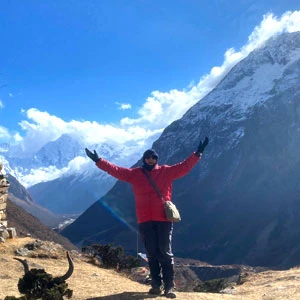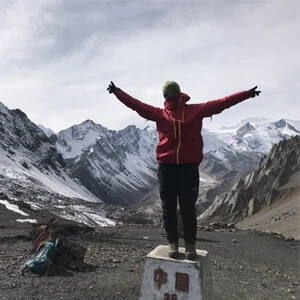Nar Phu Valley Trek With Thorong La
On the one hand, there's the most popular trek in the Himalayas, the Annapurna Circuit, long considered the most scenically diverse and beautiful hike in all of Nepal. On the other hand, there's the trek to Nar Phu, a hidden valley hidden from public view for centuries and home to a rugged landscape and secluded culture that dates back to distant centuries in neighboring Tibet. Which should I choose? Well, now you don’t have to, because, with this latest offering from Nepal Trekking Experts, we combine the two areas into one glorious journey that stands as arguably the most rewarding trekking experience currently available.
Other than the initial leg, which shares the same beginnings as the Annapurna Circuit, the first half of the trek comprises a visit to Nar Phu, a mystical valley breaking through the mists of time like some latter-day Brigadoon ready to entrance modern visitors with its impressive mix of scenic splendor, cultural integrity, inspiring monasteries, and visually stunning medieval villages. Unlike many other regions of Nepal that have geared up economically to cater to the trekking industry, the people of Nar Phu steadfastly maintain a traditional Tibetan way of life that has stood them in good stead for centuries, from basic subsistence agriculture to the all-important herding of sheep and yak.
The second half of the trek picks up the Annapurna Circuit again, where the Nar Phu leg merges with the trail at the village of Ngawal, leading northward past the classic vistas of the Annapurna range so beloved by countless visitors to the area through the years. At Khangsar, the opportunity exists to branch away for a few days to visit Tilicho Lake, the world’s highest body of water, before returning to the trail and pushing on for the final hike over Thorong La (5,416 meters) and the last stretch to Jomsom for the return drive to Pokhara and Kathmandu.
If you’re looking for an epic and rewarding adventure through the Himalayas that provides arguably the most diverse and intoxicating mixture of landscapes and culture, all wrapped up in a two-for-one package that represents enormous value, get in touch with us to discuss the wonderful possibilities of this trek. Now is the time to experience the distant past that Nar Phu represents because the modern world will eventually seep in and change the valley, much as we might wish to stay at its side. Although the Nar Phu Valley Trek is renowned for being in a "rain shadow," you can trek there in the summer as well. We think you’ll find it as amazing a journey as we do.
Are you still unsatisfied with the Annapurna Circuit via Nar Phu Valley Trek? Don't worry! You may go through similar packages such as the Manaslu Circuit Trek, Kanchenjunga Circuit Trek, Makalu Base Camp Trek, and more.
Nar Phu With Thorong La Crossing Difficulty
The Nar Phu Valley and Thorong La Pass trek is considered moderately to highly challenging, requiring trekkers to be well-prepared physically and mentally. This trek combines the rugged beauty of Nar Phu Valley with the high-altitude adventure of crossing the Thorong La Pass (5,416 meters / 17,769 feet), one of the highest trekking passes in Nepal. During this trek, you will pass through steep ascents, descents, and narrow paths, particularly in the remote Nar and Phu villages.
Since this trek takes you to a high altitude above 5,000 meters, you must be prepared for the thin air and the potential risk of altitude sickness. Additionally, the unpredictable weather at higher altitudes, with the possibility of snow or strong winds, adds another layer of difficulty.
Best Time To Trek To Nar Phu And Thorong Pass
The best time to embark on the Nar Phu Valley and Thorong La Pass trek is during the Spring (March to May) and Autumn (September to November) seasons. During these seasons, the weather remains relatively stable, reducing the risks associated with sudden snowstorms or heavy rainfall, which are common in Winter and Monsoon seasons. The Thorong La Pass, located at 5,416 meters, is significantly safer to cross during these periods due to less snow accumulation and better trail conditions. Additionally, the cultural activities are also quite active during these months.
Spring showcases vibrant rhododendron blooms and lush greenery, while Autumn provides a crisp, golden landscape with pristine visibility. These seasons also offer pleasant daytime temperatures, making it easier to tackle the rugged trails and high-altitude passes.
Thorong Pass And Nar Phu Expedition Permits
Trekking the Nar Phu Valley and Thorong La Pass requires three permits to ensure access and compliance with local regulations. You can obtain these permits from the Nepal Tourism Board office in Kathmandu or Pokhara. It is advisable to carry passport-sized photos and a copy of your passport for the application process. Additionally, you can also get help from a registered local trekking agency and they will handle the permits on your behalf.
- Nar Phu Valley Restricted Area (NRA) Permit: USD 100 per week per person with an additional USD 15 per day.
- Annapurna Conservation Area Project (ACAP) Permit: USD 25 per person (Rs 3000)
- Trekking Information Management System (TIMS) Permit: USD 15 per person
How Can I Make a Reservation for this Trip?
To confirm your trek with us, please send us an email with a copy of your passport, a passport-size photo, and flight details (if available), as well as a 10% deposit of the total amount, using our online payment gateway. The remainder of the payment can be made upon our arrival. For more details, contact our local specialists right away.


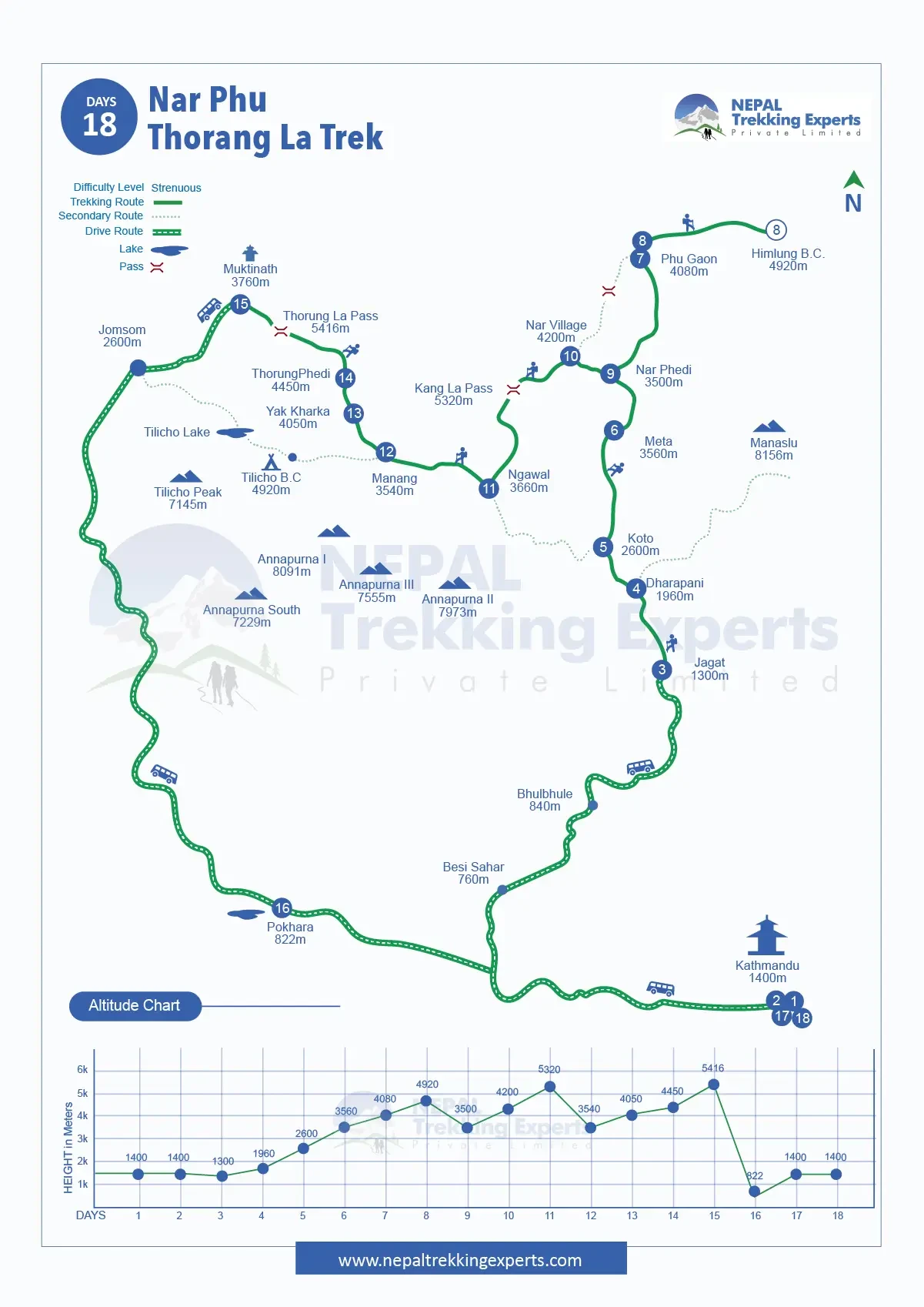
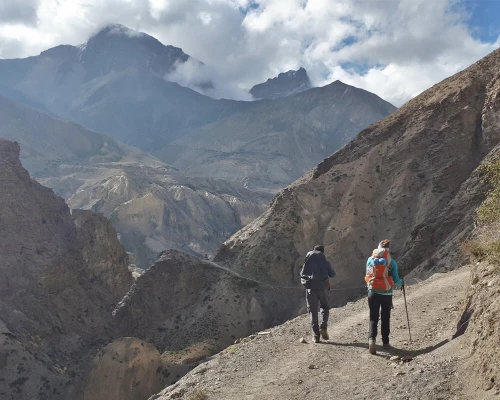
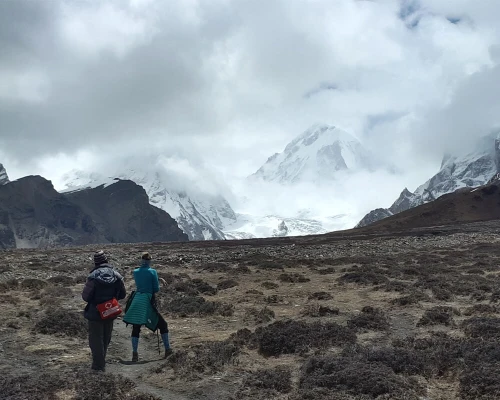
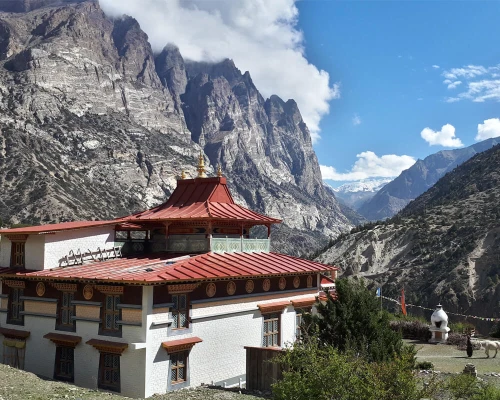
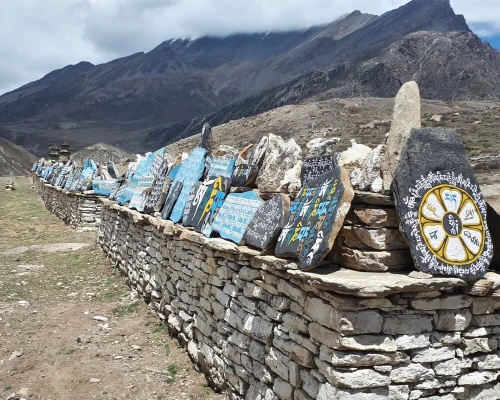

 based on 18 reviews
based on 18 reviews



